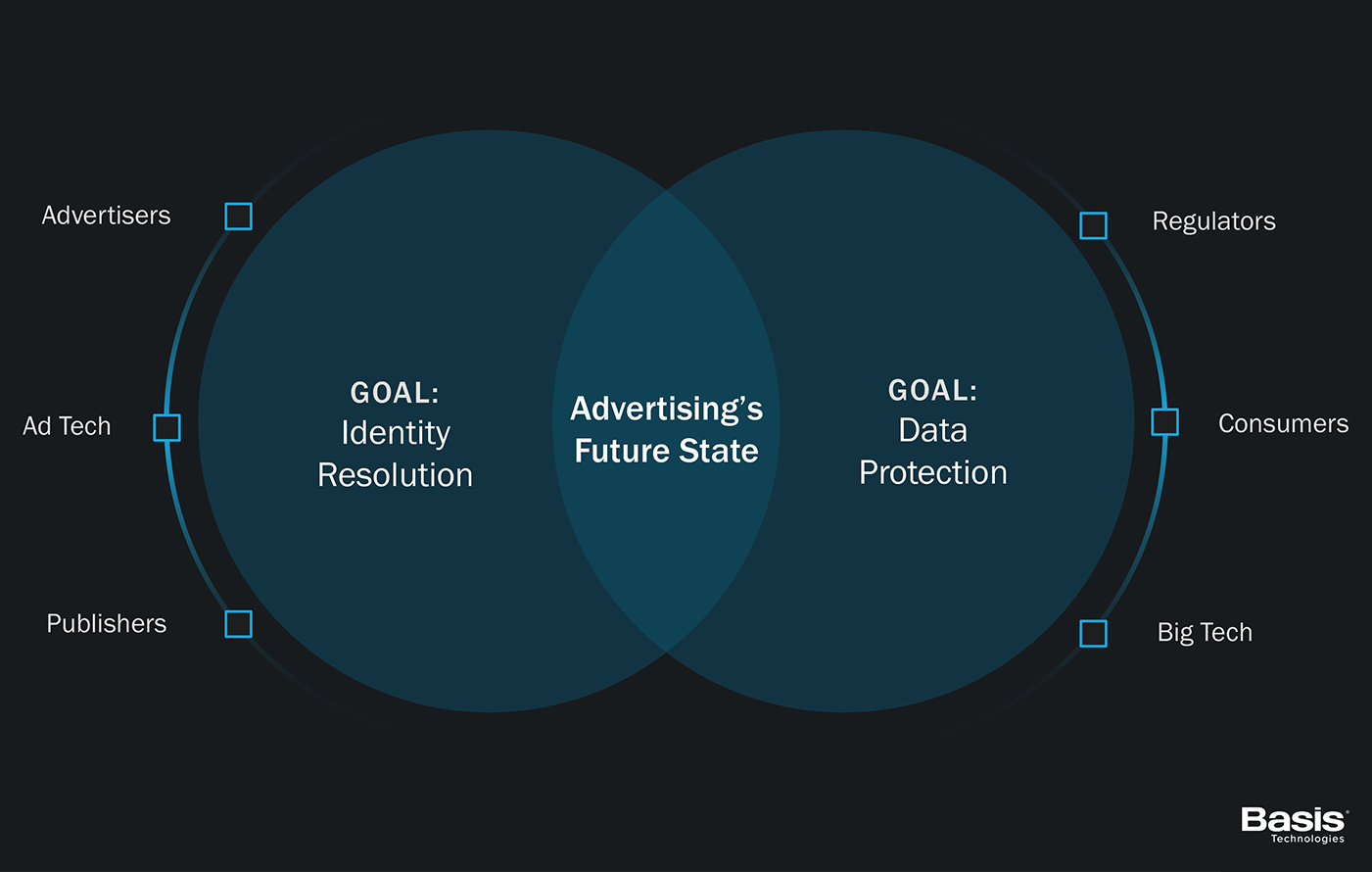Blog
Blog

Data privacy will make it harder to reach audiences with advertising. Unlock what’s next.
While we recently rang in the new year, the old challenges facing digital media giants such as Twitter, Snapchat and TikTok linger. Your ability to advertise effectively in the future is being challenged. Leaders need support now more than ever with advertising strategy and planning to determine how to navigate these platforms and effectively reach key audiences.
Twitter conducted a very public, massive layoff of its workforce while re-admitting questionable accounts to its platform. Snapchat is still popular among young people, but its advertising business took a dive during 2022’s economic downturn, and the company recently laid off roughly 20 percent of its workers. TikTok’s 1 billion-plus users are feeding their data to Chinese giant ByteDance, raising questions about what the Chinese state might be doing with it. And with the 2021 iOS privacy update called “App Tracking Transparency,” people are given control over who they allow — or don’t allow — access to their private data. Companies are now less able to target users with ads, costing them billions in revenue.
The “cookieless future” has been on the horizon for some time now, but the truth is, it’s already here. According to Interactive Advertising Bureau data from 2022, 50 to 60 percent of signal fidelity from advertisers is lost. Most cookies will be officially gone by 2024. Beyond regulations enacted in the European Union and California, 35 states have considered regulating data privacy.
While these protections might resonate with us as individual consumers, as organizations who need to reach target audiences, we should feel concern. To advertise effectively requires commitment from all stakeholders — and a leading-edge, trustworthy advertising agency — in order to succeed.
 Basis Technologies Graphic
Basis Technologies Graphic
Where is the consumer in all of this? Over the past few years, scandals on how first-party personal data is being mishandled have hit primetime news and are shifting consumer behaviors. According to a 2022 Pew Research Study, 81 percent of consumers say the potential risks they face from companies collecting data outweigh the benefits. It’s no surprise, then, that according to a 2022 study by Forrester, trust will be at the forefront of business priorities in 2023.
Advertising, as well as your full communications and marketing engagement, should prioritize building trust with your audience. To build this trust, here are four components:
- Develop, update and maintain a long-term strategic vision for your company with the customer in mind. Include a transparent data use policy as a way to reinforce the strategic vision.
- Establish a tighter correlation between your business objectives and your marketing strategies.
- Pressure-test your communication strategy to ensure you are authentic and personalized in your messaging and tone.
- Invest in technology (and digital innovation partners) to offset the losses from data depression with an improved customer experience.

